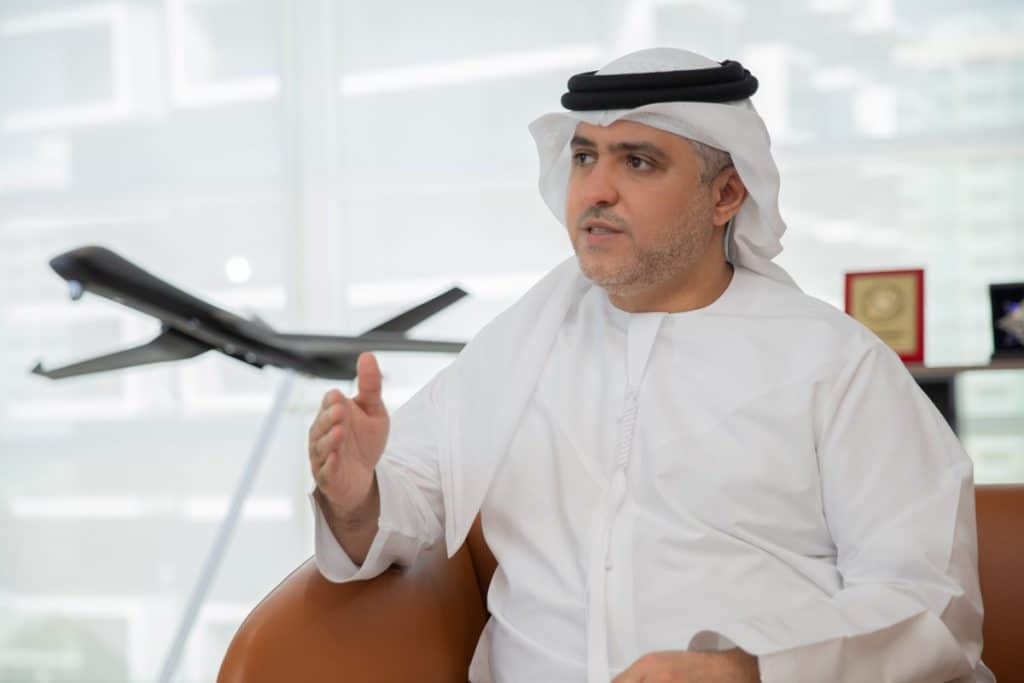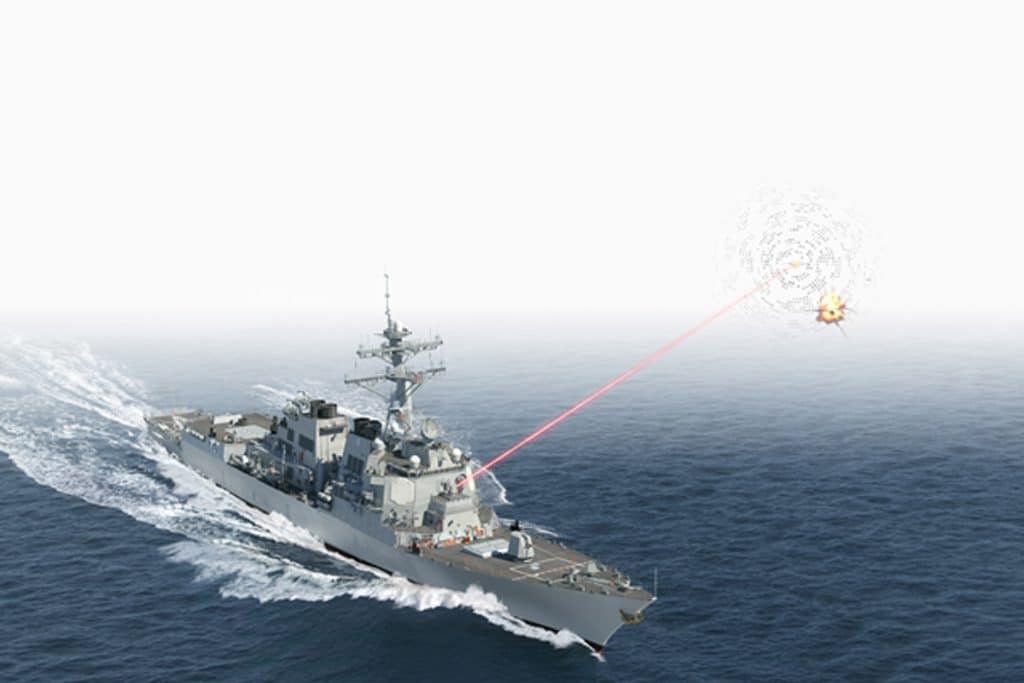The moment to unleash the power of laser weapons in the Gulf region has finally arrived an industry expert told DefSec Middle East.
The region, which is undergoing groundbreaking defence transformations, now has the potential to revolutionise modern warfare by making laser weapon capabilities a reality in the Gulf.
“The time is now to realise these capabilities here, in the UAE and the Gulf region,” said Tyler Griffin, Lockheed Martin’s director of advanced product solutions strategy and business development.
Over the last eight years, the region has been working towards localising and developing its industrial defence capabilities with a specific focus on advanced technology and next-generation weapons development.
Mansour AlMulla, CEO and MD of UAE defence conglomerate EDGE, told DefSec Middle East in January that the company is now more focused on the development of autonomous capabilities, smart weapons, and artificial intelligence smart systems. The company also recently introduced directed energy weapon interception products.
On the other hand, Saudi Arabia is reported to have deployed Chinese-made laser air defence systems in March 2022. The system is procured to protect against reconnaissance UAVs and loitering munitions.
Griffin said that despite the slow adoption of laser weapons systems, the weapons are ready and capable. “One of the challenges is the adoption of this technology,” he said. However, Lockheed Martin’s over 40 years of research and development in this area shows that the time is now to bring these game-changing capabilities to the field.
The technology developed is an important 21st-century security solution that adds a layer to the integrated air and missile defence architecture, helping to defend a region’s critical infrastructure from potential raid scenarios, he added.

The precise engagement of the weapon system makes it stand out from other systems, as it can select the aim point in a given threat and scale the effect.
“It can dazzle or burn out cameras, which wouldn’t cause permanent damage, or bring down a threat out of the sky,” he said.
Laser weapon systems, he said, can shift the cost calculus of engagements, making it uniquely positioned to mitigate a swarm of low-cost, proliferated threats. The use of laser weapons for critical infrastructure protection has been gaining popularity in the GCC region in recent years, especially after the increased threats posed by Houthi militia attacks in Saudi and Emirati oil installations.
A report by Frost & Sullivan stated that the GCC’s laser weapons market is expected to grow at a compound annual growth rate of 15.6% between 2020 and 2025. The report also notes that Saudi Arabia is the largest market for laser weapons in the region, followed by the UAE.
Griffin emphasized that the industrial base and index are a great place to foster relationships and figure out the best way to accelerate readiness, adding that the whole end-to-end kill chain is what brings the laser weapon system forward.

“Lockheed Martin doing its part to showcase the capabilities, but its shows like IDEX that helps collaborations and customer interaction to truly transition from science fiction to field reality,” he said.
In 2022 Lockheed Martin demonstrated their capabilities in partnership with the United States Office of Naval Research when they destroyed a surrogate cruise missile target at tactically relevant ranges, according to Griffin.
Lockheed Martin partnered with and has been selected for and delivered products to the Army, Navy, and Air Force customers, he said.
“The Navy-specific contract is completely integrated into combat systems, which is the command and control on many nations’ Navy ships. It ties the radar, which is the sensor, to the ship combat system, where the operators determine the right effector and utilise the laser weapon system in that decision-making process. And that is delivered today,” Griffin said.
For aircraft, Lockheed Martin delivered a compact directed energy weapon that provides fighters jet with a laser capable of shooting down anti-aircraft missiles.

The LANCE “Laser Advancements for Next-generation Compact Environments” system was contracted for design and development in November 2017 as part of the US Air Force’s Self-protect High Energy Laser Demonstrator (SHiELD) program.
Griffin added that the systems ready now are very affordable in shot-over-shot engagements. “These systems have a deep magazine and are very precise, so think of a congested environment, you want to minimise the risk of collateral damage. This has scalable effects, so you can take out a sensor or take out the entire threat,” he said.









